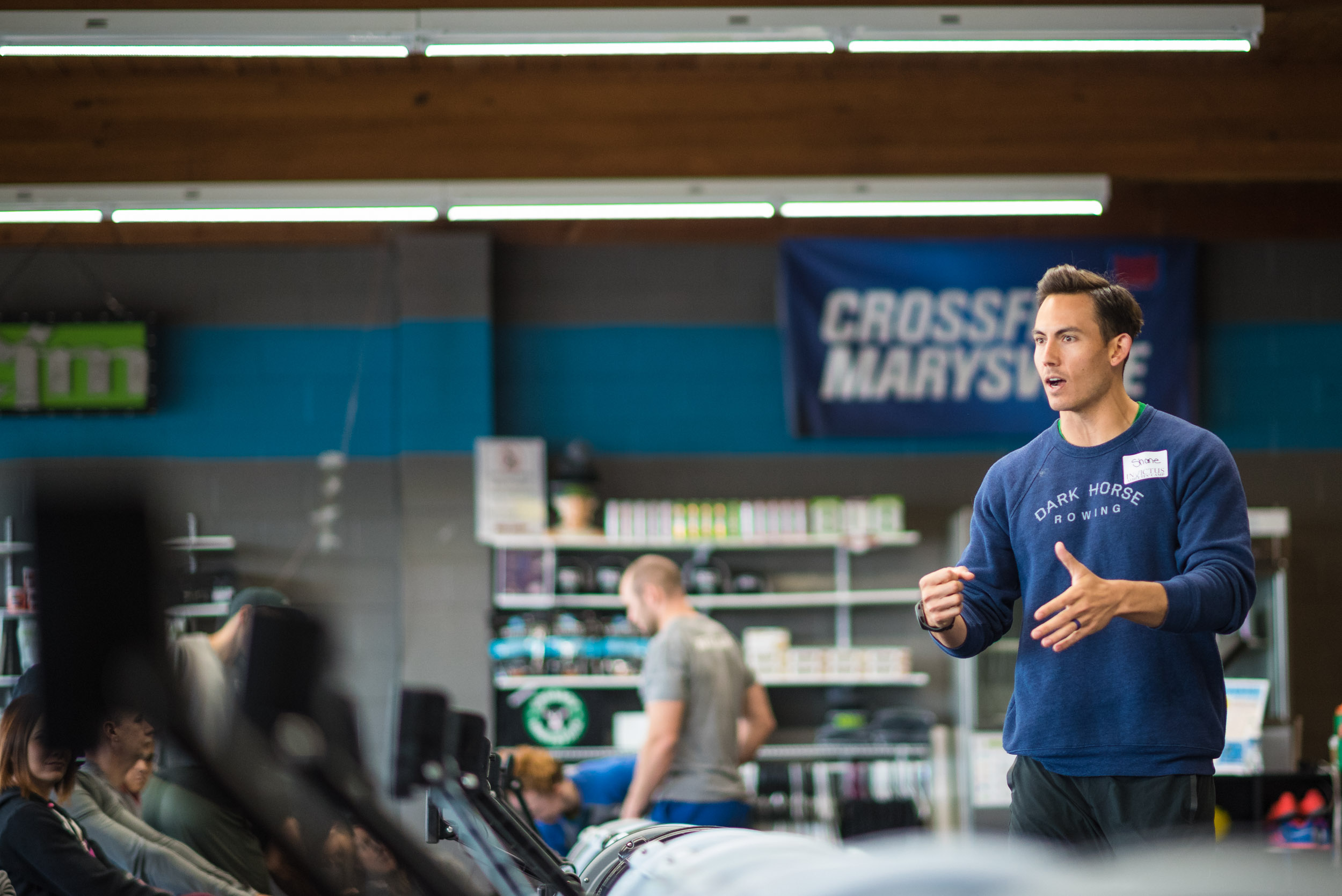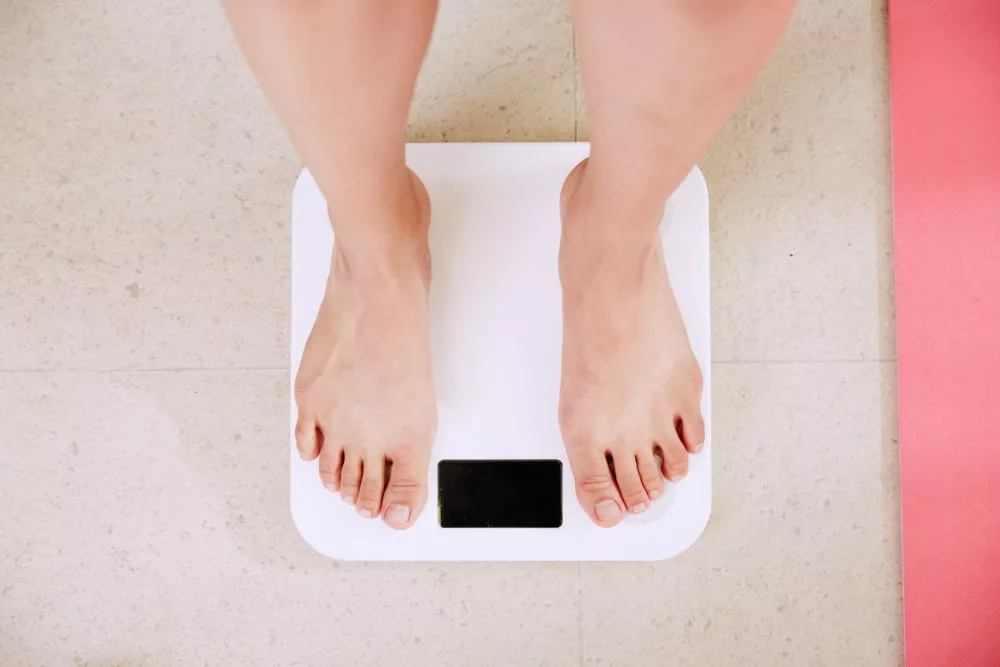
6 Exercises to Avoid Injury and Boost Performance
Here at Dark Horse we as coaches often get asked “Can you provide me some feedback on my technique?” “Sure thing!” we respond, and then the athlete submits a video of them rowing and straight away, we can see their strength, stability and biomechanical control deficits from their movement pattern. Uh oh… we think.
Don’t worry, we’ve also had collegiate and professional athletes send us videos with the same issues. The only difference is that the elite athlete has typically maximized and benefited from their gifts and masked or hidden the compensations and weak links much better. The result is that we often get athletes coming to us because they can’t figure out why they got injured.
It doesn’t sound sexy, but from this common scenario it can be stated that training to avoid injury should be a priority and training to maximize performance should be secondary (Kucera 2005). Especially with rowing as a predominant form of cardiovascular exercise, the imbalances created can be a significant issue as we try to develop athletes to be at their best all year round.
What’s the missing piece?
Two qualities lacking with many athletes are strength and motor or movement competency (said another way: movement quality).
Movement Quality + Movement Quantity = Performance.
Therefore, if you put both the quality of proficient movement with the right muscles acting on the right joints at the right time together with a high degree of strength supporting that pattern, the outcome or whole is EXPONENTIALLY better than the individual pieces.
Great!! So, which training exercises move to the forefront that addresses these issues of quality and quantity? Let’s preface this with the fact that there are a few factors that play into this list. This is not an exhaustive list, but 6 seemed right for the purpose of this article.
High Value, Low Risk: Always opt for training exercises that afford a high degree of effort, a big bang for our buck, and are REALLY difficult to get hurt while doing. It takes a high quality, highly skilled and educated coach/trainer to get a client to work hard and do it safely.
Train Movement Systems: Make sure to train the body from head to toe, and do so every training session if possible What does this mean? As rowers the biggest deficiency we create the ability to ‘push’. Not in the rowing sense but in the sense that upper body and being able to utilize the chest and shoulder musculature.
Train for Function: Case in point, it doesn’t matter how much you bench…unless your sport is powerlifting. Beyond that, lying on your back pushing up has limitations to sport application.
1. Single Leg Squat
Why: Single leg squat strength has great implications for function in running, cutting, jumping, acceleration, deceleration and ACL injury reduction, especially since most athletes move on one leg at a time. This exercise works on balance, proprioception, foot strength and stability as well as triplanar hip stability.
2. Single Leg Hip Extension Bent Leg
Why: Staying on the theme of unilateral training, this exercise allows the athlete to train the posterior chain muscles of the gluteus max and adductors. These two groups are typically underdeveloped and play a large roll in leg and hip power for acceleration, max speed and deceleration patterns. Underdeveloped glutes can also cause injury situations stemming from synergistic dominance problems with hamstring overuse.
3. Push Up – Lateral Crawl
Why: This integrated move allows the athlete to train from head to toe with unilateral positions within the exercise as well as scapular stability work. It’s also a closed chained pattern that typically allows for more natural shoulder movements (improved scapular rhythm) to occur and makes it less likely/more difficult to overload the pattern or shoulder (unlike barbell or even dumbbell pressing at times).
4. Single Arm Row – No spinal rotation
Why: Okay, yes as rowers we spend a significant amount of time performing the row motion, however it contributes so little to the power of the row stroke this movement with either dumbbells or kettlebells targets grip strength, unilateral and scapular stability and emphasis the mid/lower trapezius and rhomboids. Simply stated, if the athlete can’t hold on, they will cease the exercise and not put themselves at risk. This is not always true with exercises like lat pulldowns or cable rows.
Further, with load in only one hand the athlete will allow them to feel and learn how to pull and stabilize their scapula and spine all the way through the posterior oblique subsystem.
5. Full Body Explosive: Medicine Ball overhead throw
Why: This is a simple whole body explosive pattern that allows the athlete to experience triple flexion, triple extension, load and stability in landing as well. The value here is getting both an upper body explosive action that translates into most overhead throwing or hitting sports all in a low risk pattern.
6. Split Stance Woodchop
Why: There is a fair amount of information coming from the physical therapy world discussing the importance of the core’s ability to resist unwanted lumbar extension as well as rotation and being able to control and create rotation when desired. Gaining the ability to avoid rotation and extension is a simple and safe precursor to redirecting and creating rotation. The additional benefit of the split stance is that it allows the athlete to stabilize in an asymmetrical position similar to running, lunging, and cutting.
In summary, we always look to challenge our athletes and be forward thinking. We encourage you to be mindful of current trends and avoids the common mistake in performance enhancement of maximizing strength and power development without training and educating your athletes on how to control it.
Want the only rowing and strength plan proven to improve your 2km rowing time? Head on over to our crew programme and sign up for the Dark Horse strength and rowing plan. http://babblecafe.com/athlete/
Yours in fitness, education and learning to improve yourself.
Coach John.
Photo by Meghan Holmes on Unsplash
No products in the cart.


